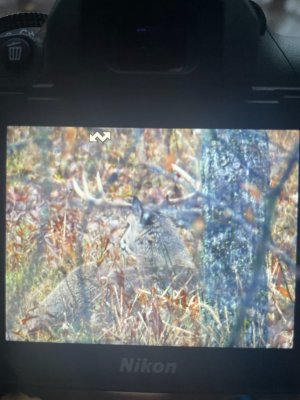Oleo
5 year old buck +
I like the thinking of another bullet in this report:White-tailed Deer: Are Antler Characteristics Inherited?
tpwd.texas.gov
Read point five from Kerr large scale study.
- You can improve a herd by selectively removing inferior antlered deer and allowing the deer with good antlers to breed.
- You can do little or nothing to improve antler genetics except to leave obviously superior bucks in the herd.
I agree with everyone that we're probably not having a population impact, but I do think some antler characteristics are inherited, and killing the bucks with good antlers means they aren't going to pass down their characteristics. They might not produce a big buck descendant, and if they do, it might go live somewhere else - BUT they sure aren't going to produce a big buck descendant that sticks around if they're dead.
This year, my biggest buck has some kickers on his G2s. I also have what I think is a 3.5 year old with kickers in the same place. Maybe coincidence, but I like to think he's a child of my big one, and I'd like both of those to reproduce. Who am I kidding - I'd like to shoot the big one, but since I haven't got him yet, I'm glad he was around to reproduce.

